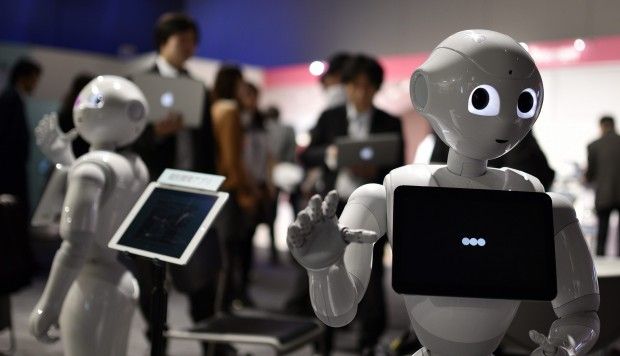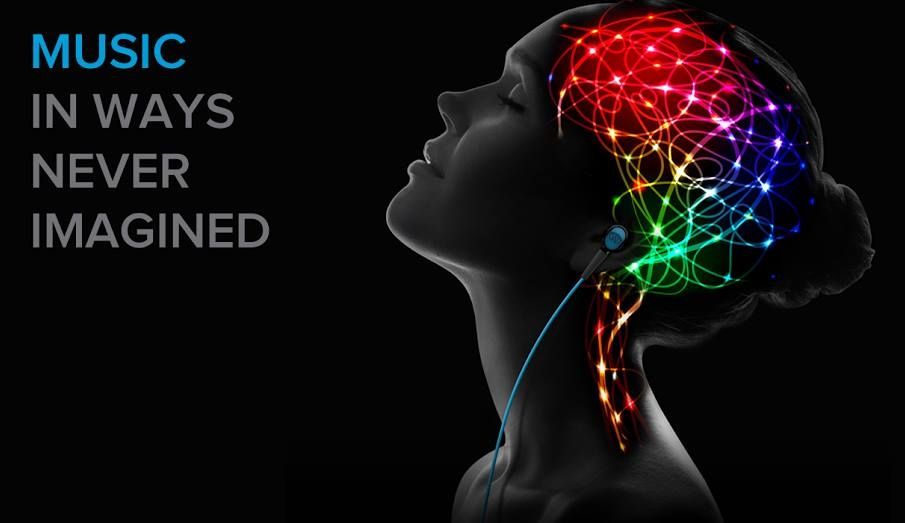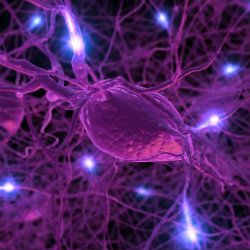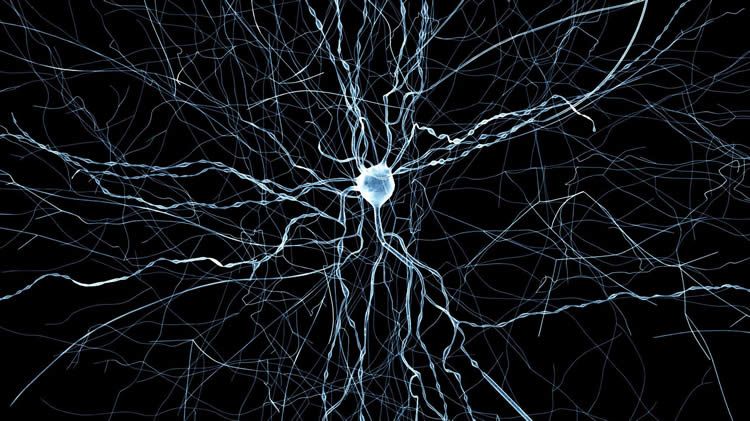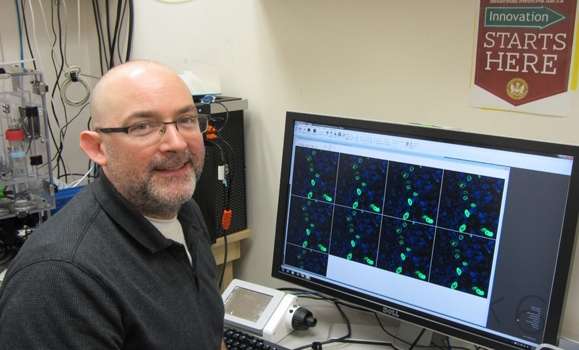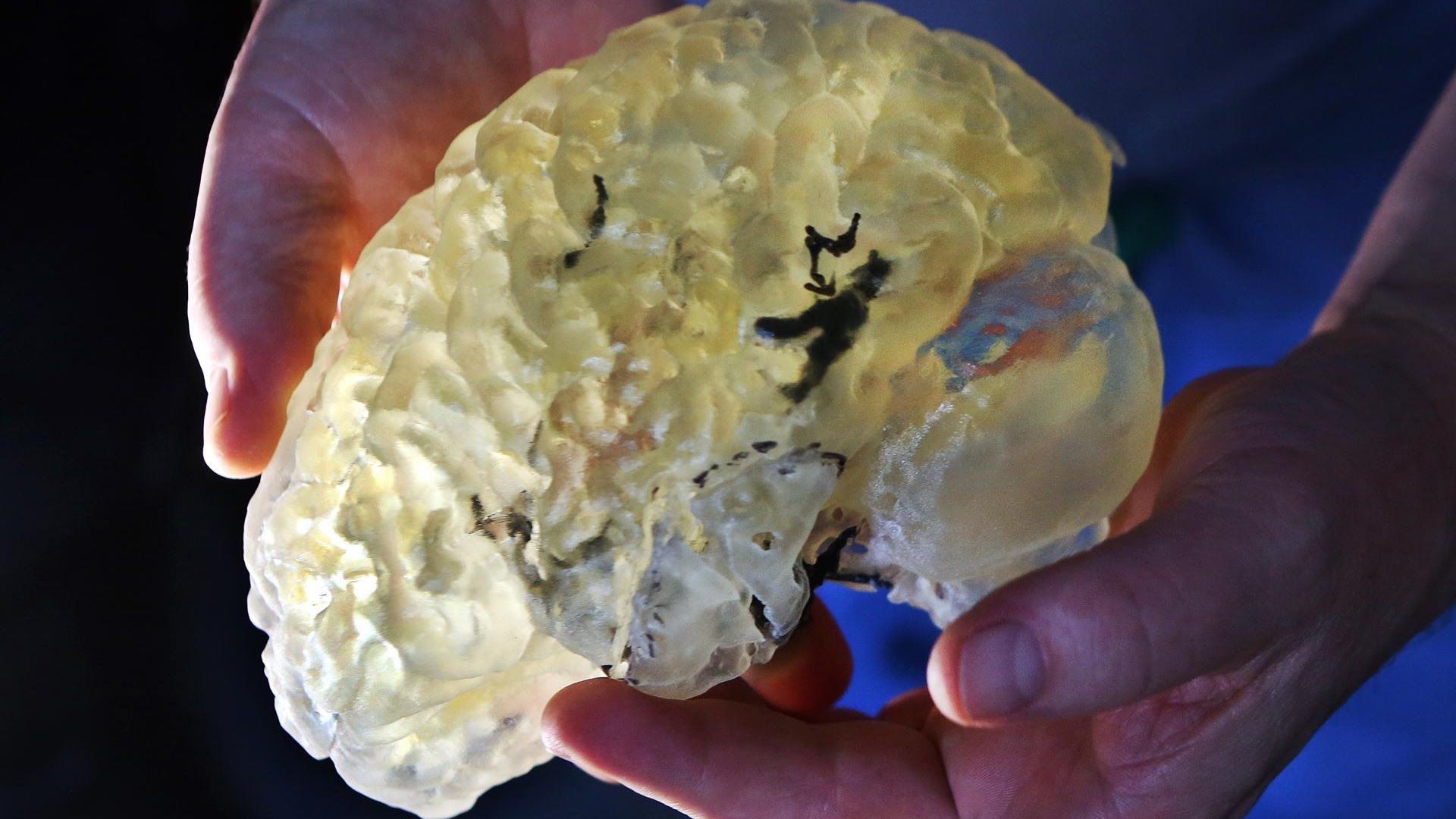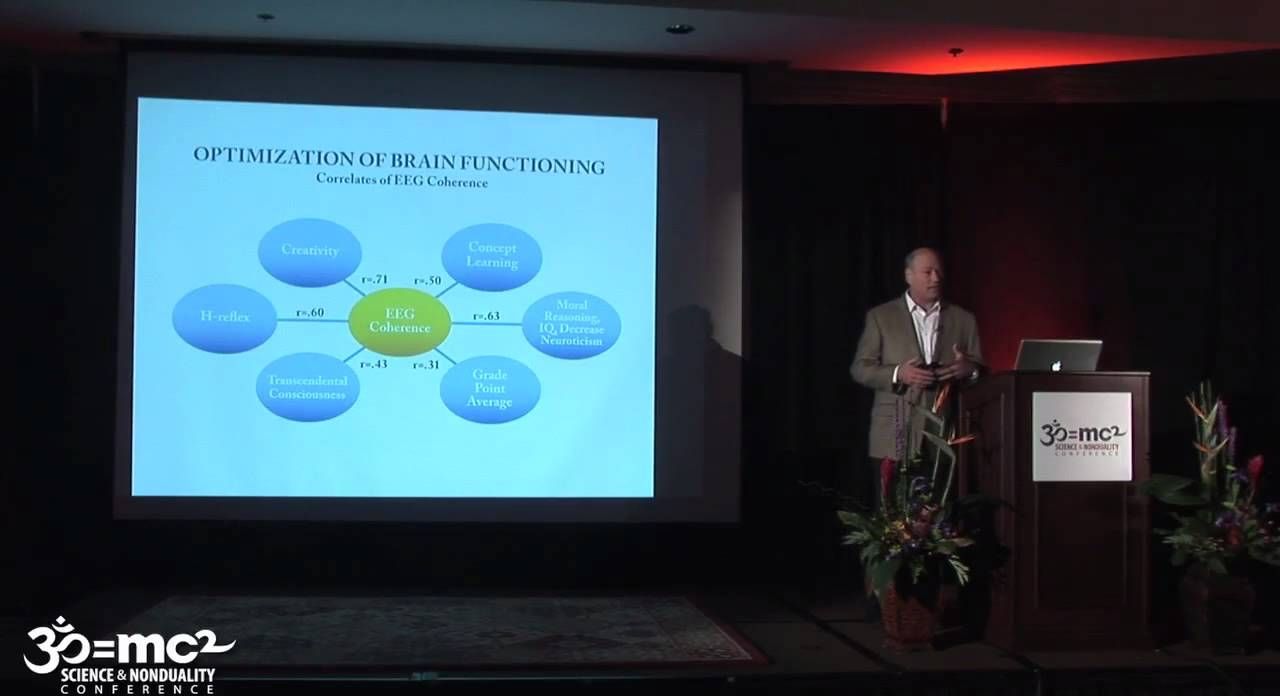Mar 6, 2016
Chinese start-up on track to deliver artificial intelligence-on-a-chip
Posted by Aleksandar Vukovic in categories: computing, neuroscience, robotics/AI
He pointed out that Horizon Robotics will finish designing its first AI chip for smart home appliances by June and make it commercially available by early 2017.
Mainland Chinese start-up Horizon Robotics, founded by the former head of online search giant Baidu’s Institute of Deep Learning, claims it is on pace to bring chips with built-in artificial intelligence (AI) technology to market.
“General processors are too slow for AI functions. A dedicated chip will dramatically increase the speed of these functions,” Yu Kai, the founder and chief executive of Horizon Robotics told the South China Morning Post.
Continue reading “Chinese start-up on track to deliver artificial intelligence-on-a-chip” »
